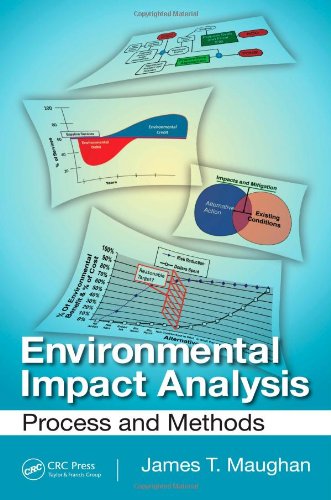

Most ebook files are in PDF format, so you can easily read them using various software such as Foxit Reader or directly on the Google Chrome browser.
Some ebook files are released by publishers in other formats such as .awz, .mobi, .epub, .fb2, etc. You may need to install specific software to read these formats on mobile/PC, such as Calibre.
Please read the tutorial at this link: https://ebookbell.com/faq
We offer FREE conversion to the popular formats you request; however, this may take some time. Therefore, right after payment, please email us, and we will try to provide the service as quickly as possible.
For some exceptional file formats or broken links (if any), please refrain from opening any disputes. Instead, email us first, and we will try to assist within a maximum of 6 hours.
EbookBell Team

0.0
0 reviewsThere are thousands of environmental analyses prepared each year to meet the requirements of the National Environmental Policy Act (NEPA) and similar programs. Written by an expert with 35 years of experience in environmental consulting, research, and education, Environmental Impact Analysis: Process and Methods makes the preparation of EIAs not only easier but more thorough. It provides a guide to successfully preparing analyses that are legally defensible; establish the base for environmental protection; and produce better projects, plans, and policies.
Following an informal description of the legal requirements, the book breaks down the analysis process into a logical flow of steps and available methods to identify impacts, compare alternatives, and develop impact mitigation measures. The author illustrates each step and analysis method with examples from case studies he managed, providing insight not available from an independent review of the cases. He offers a comprehensive and consistent approach to analysis with each chapter building on information presented in previous sections.
The book also describes methods from other programs such as hazardous waste clean-up and Natural Resources Damage Assessment and explains how they can be adapted for use in environmental impact analysis. It compares a diverse array of multi-level environmental impact analysis approaches. Readers learn not only how to produce an environmental document that meets regulations but also clearly maximizes the benefits of the analysis and results in a more useful product with strong stakeholder support.